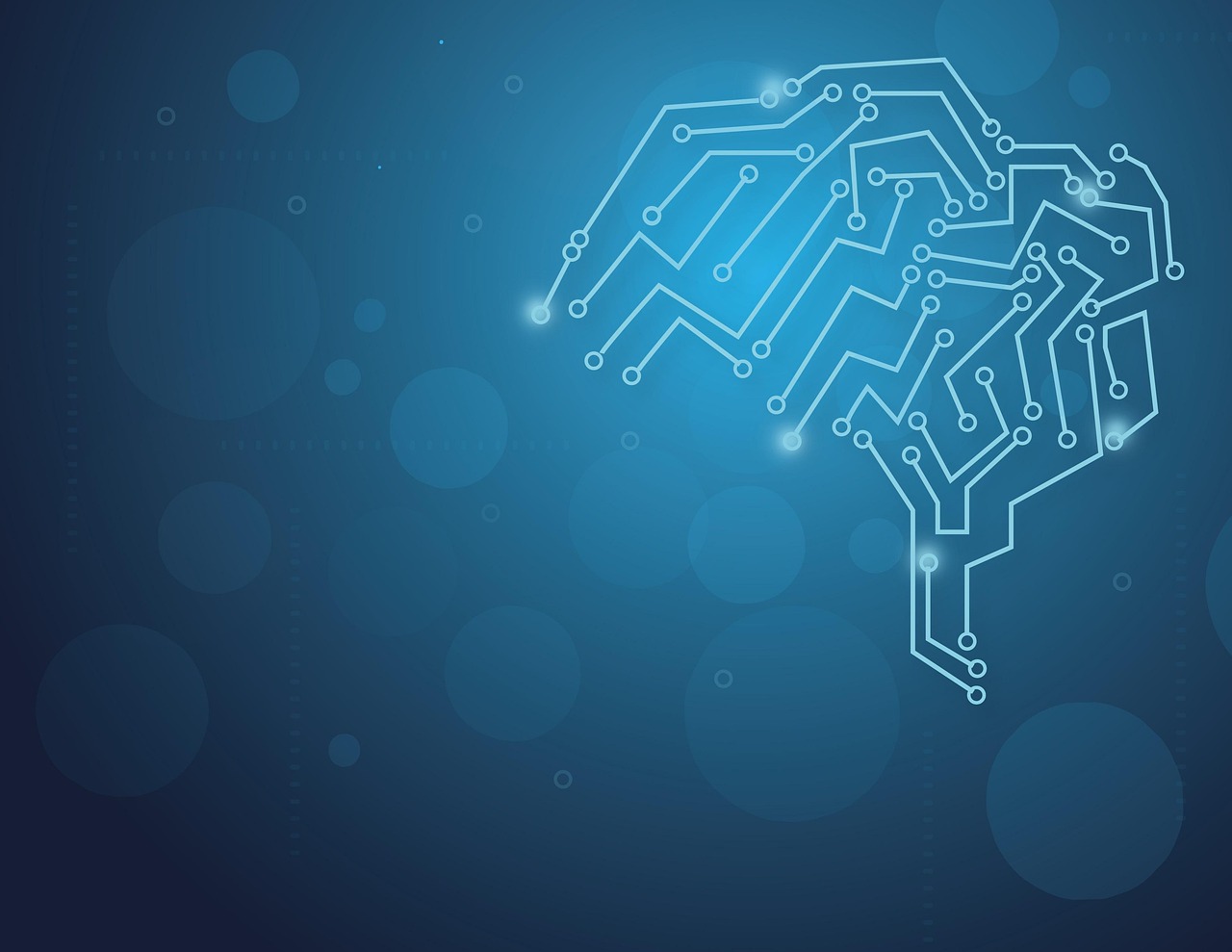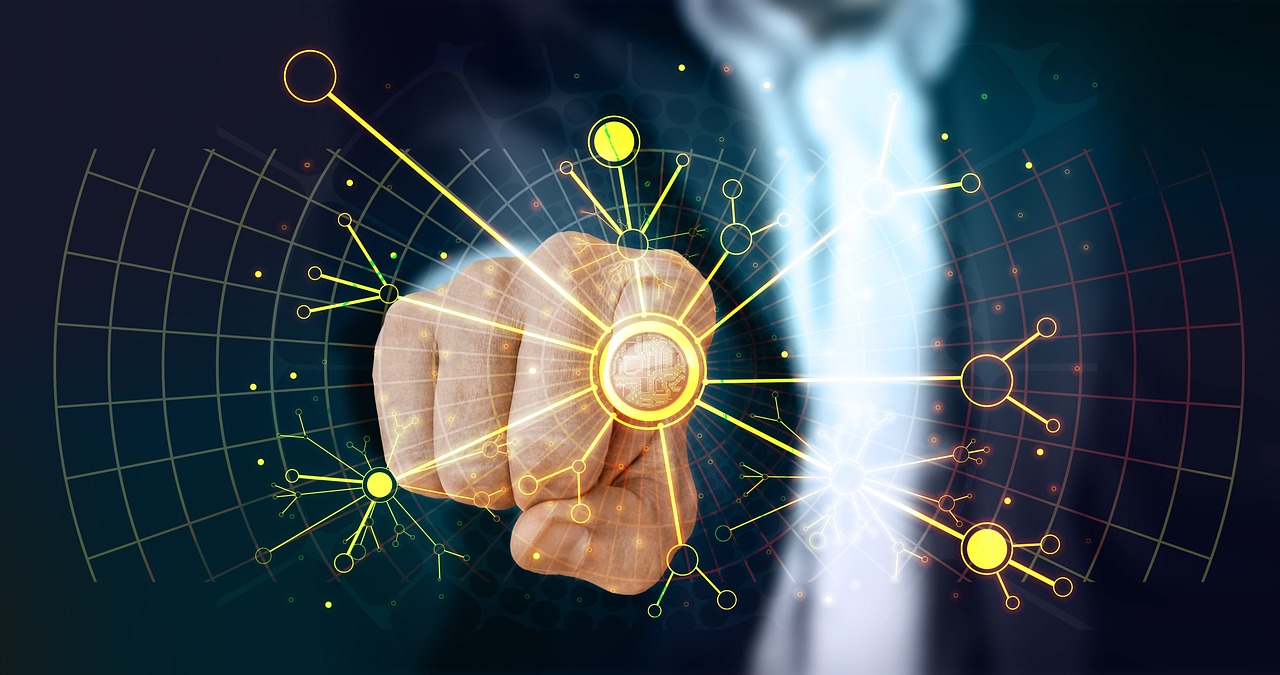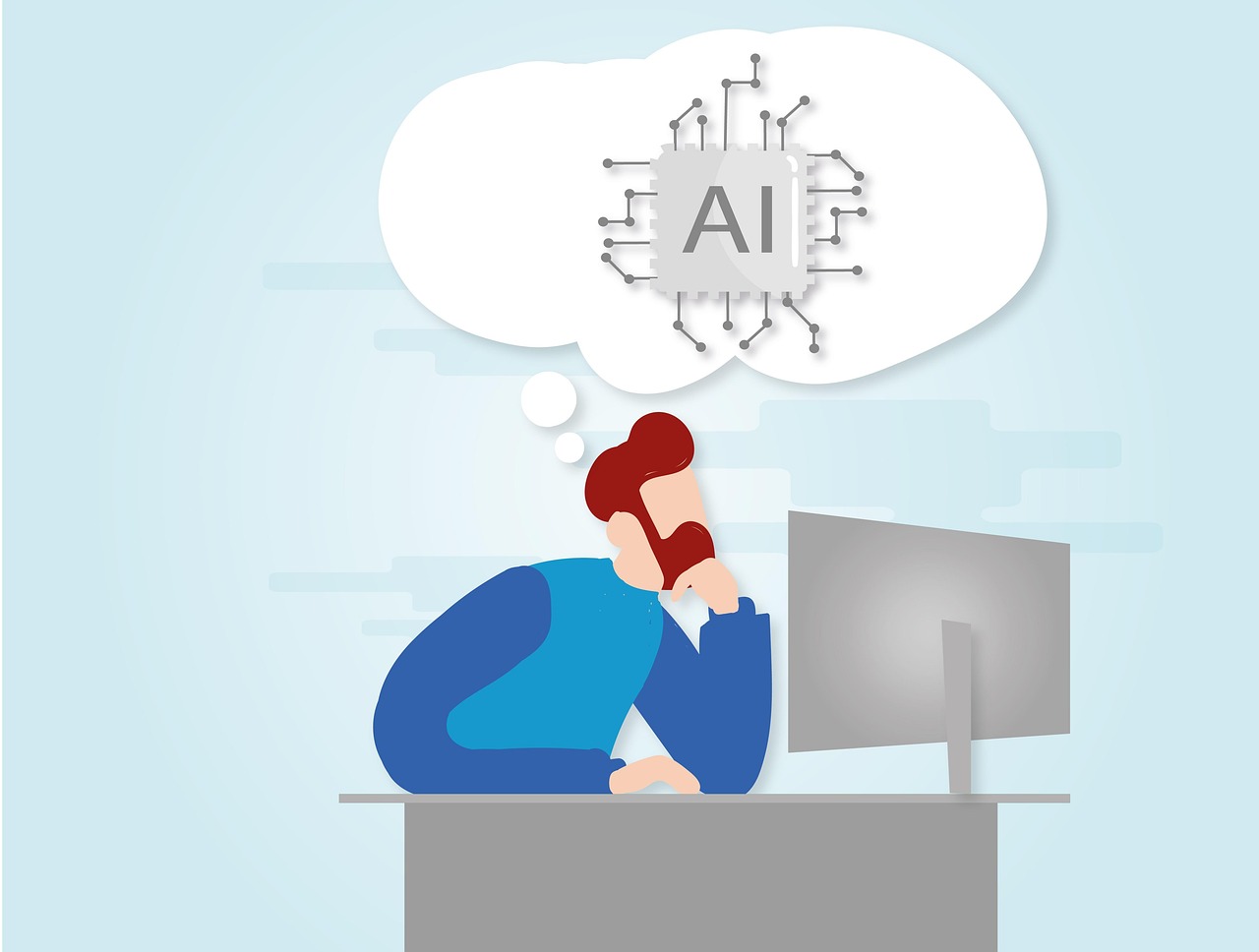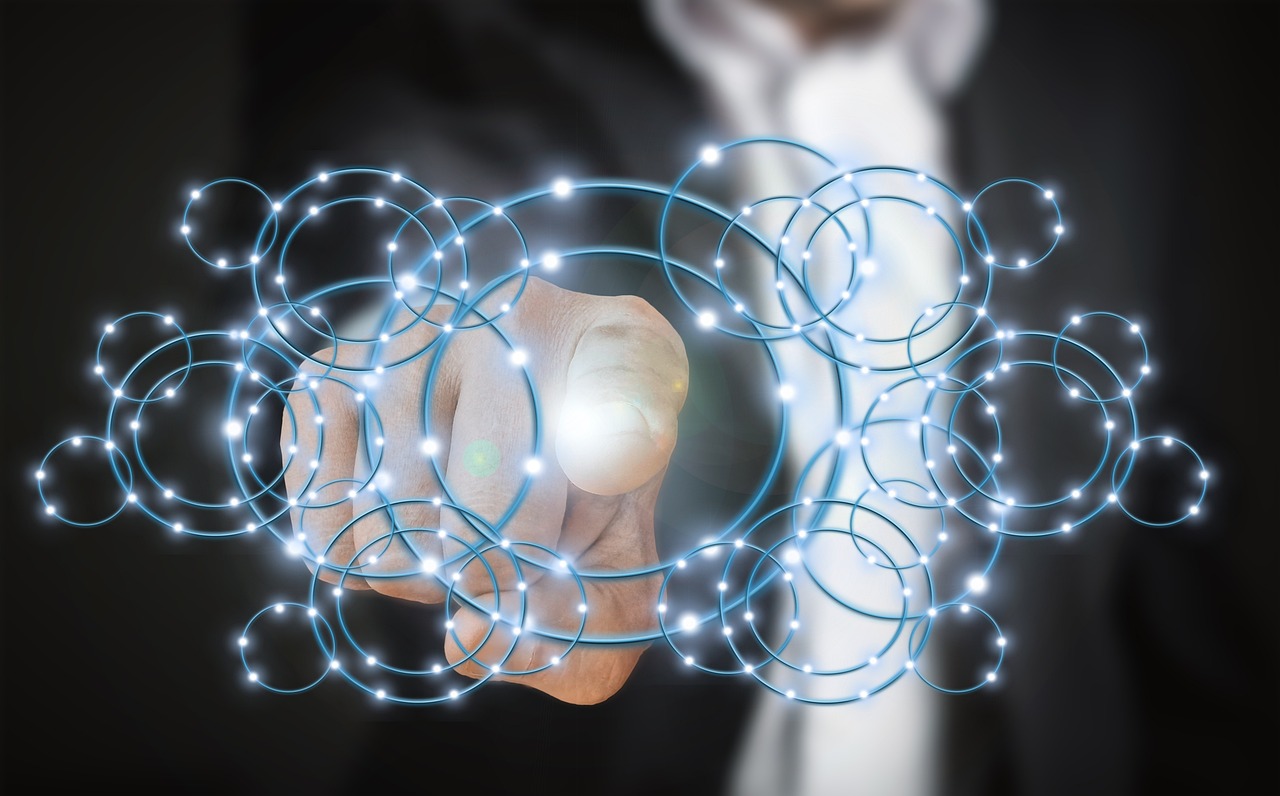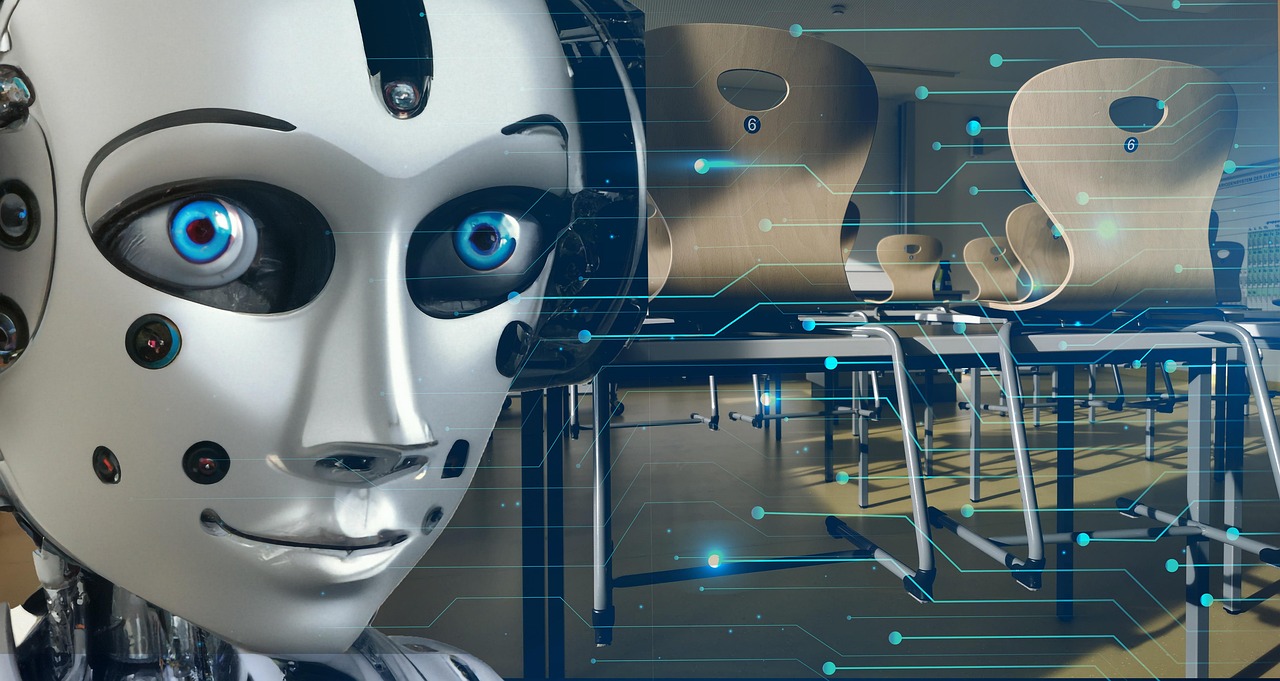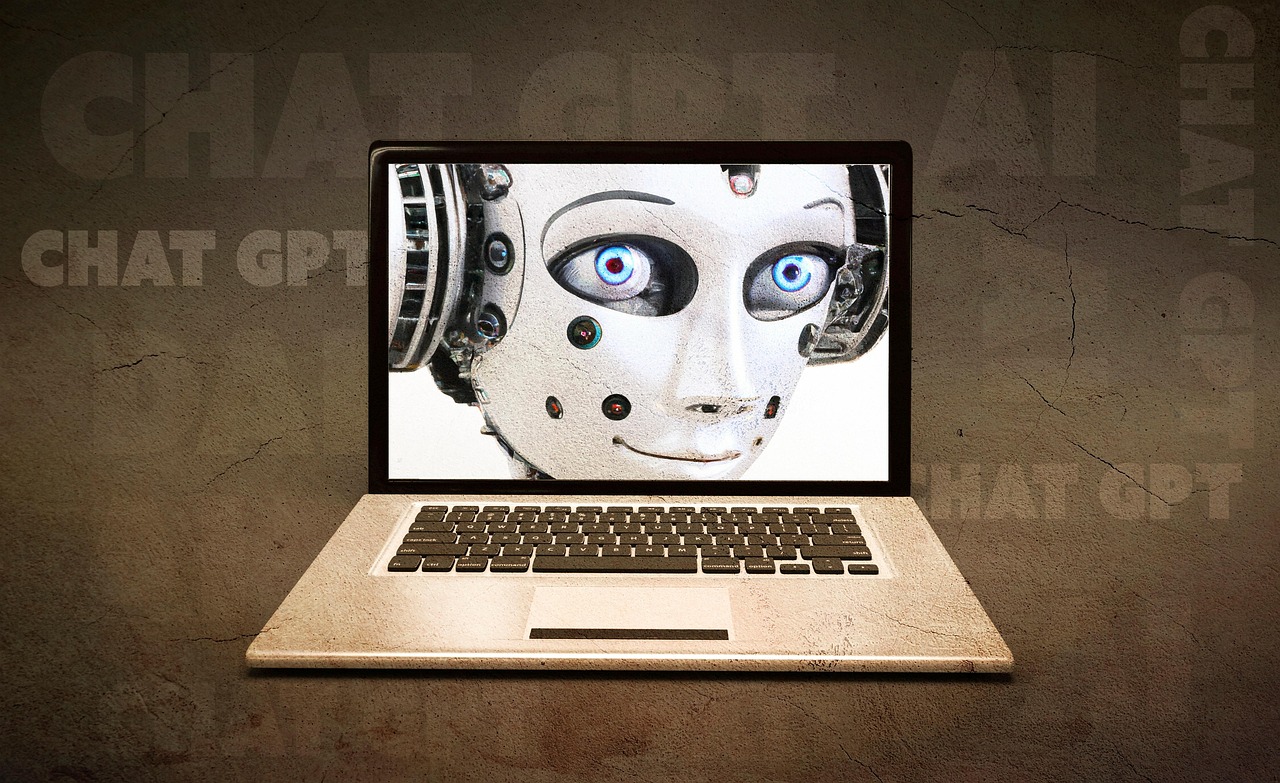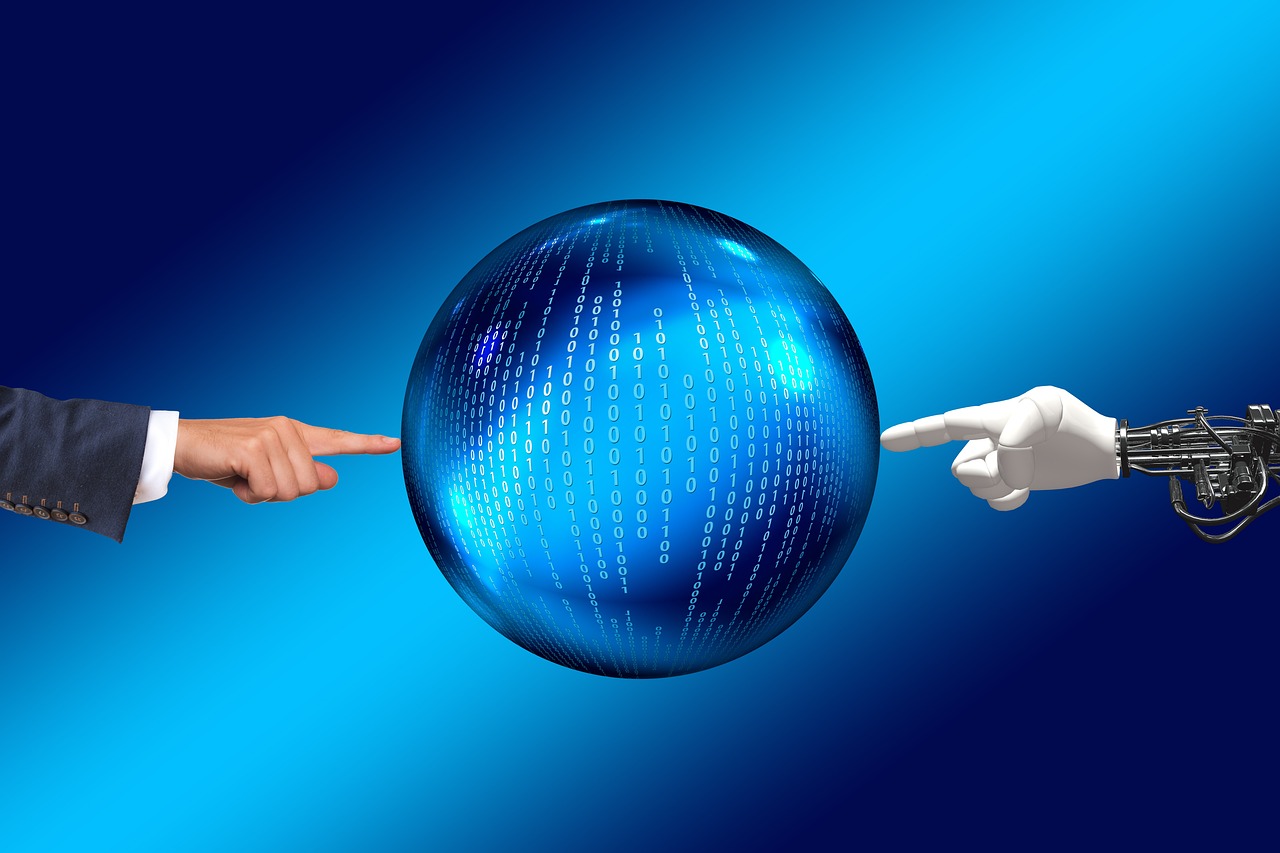
AI Infrastructure: The Hardware Bottleneck Breaking Innovation
Imagine trying to build a skyscraper without a solid foundation. Impossible, right? The same principle applies to Artificial Intelligence (AI). While algorithms and machine learning models grab the headlines, it’s the underlying AI infrastructure that truly fuels innovation and enables AI to deliver its transformative potential. This blog post will delve into the vital components, considerations, and best practices for building a robust and scalable AI infrastructure.
What is AI Infrastructure?
AI infrastructure encompasses all the hardware, software, and networking resources required to develop, train, deploy, and manage AI models. Think of it as the entire ecosystem supporting the AI lifecycle. It's more than just powerful computers; it's a carefully orchestrated system designed for dema...

